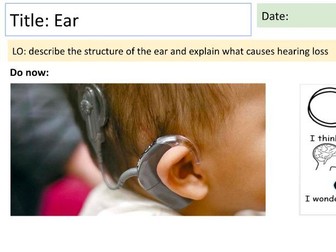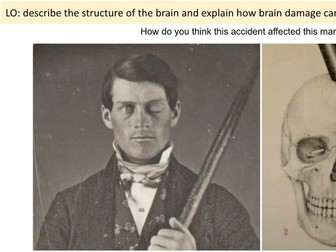
Biology Revision AQA 9-1 Covers all Paper 2 content
This is a revision PowerPoint that I have made for my year 11s. It covers the main content that they need to know for their their trilogy paprer 2 exam. It covers homeostasis, inheritance and ecology. There are 70 slides in total. There are a range of activities including past exam questions, tables and questions. All have answers and some have examiners comments too. Please leave a review!
Now avaliable, physics paper 1 revision powerpoint, see the link below:
https://www.tes.com/teaching-resource/physics-paper-1-aqa-revision-powerpoint-new-9-1-gcse-12027874


